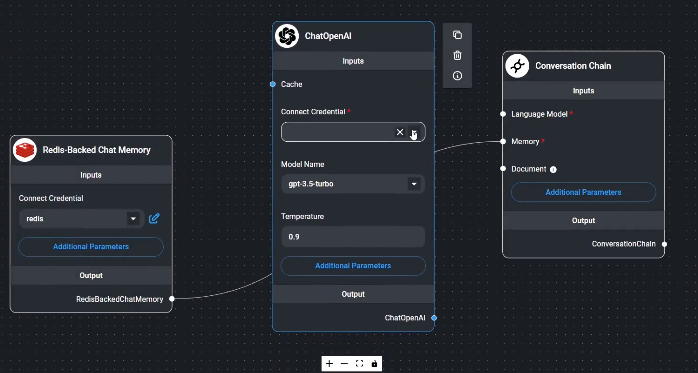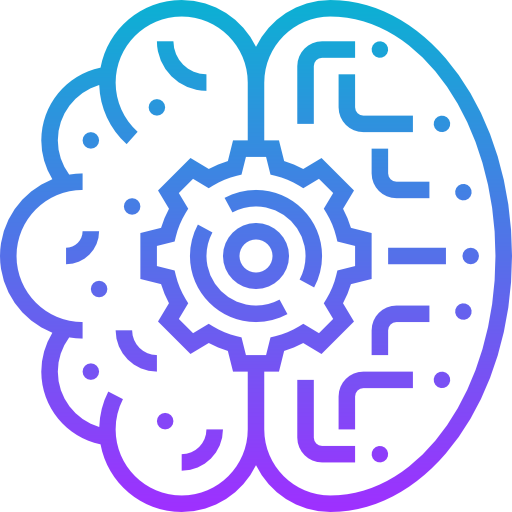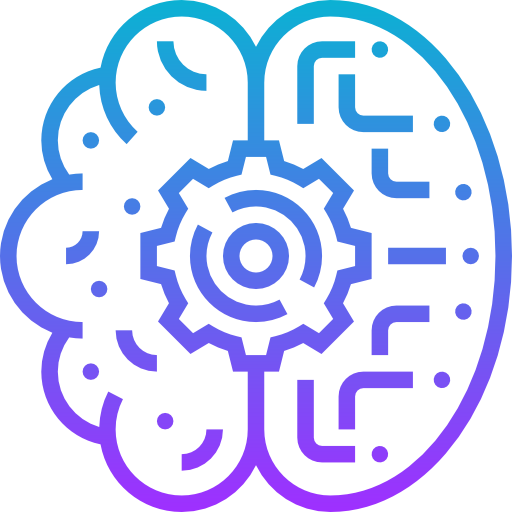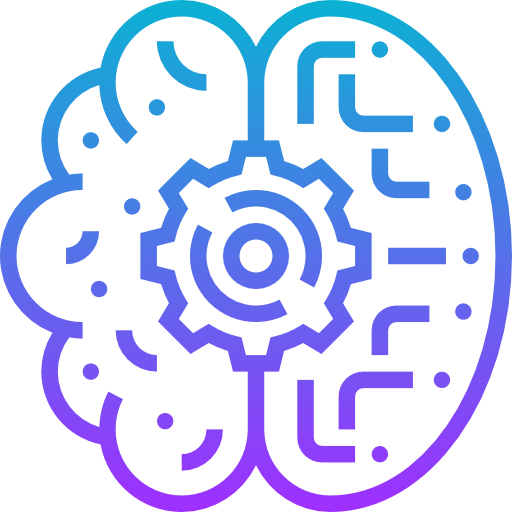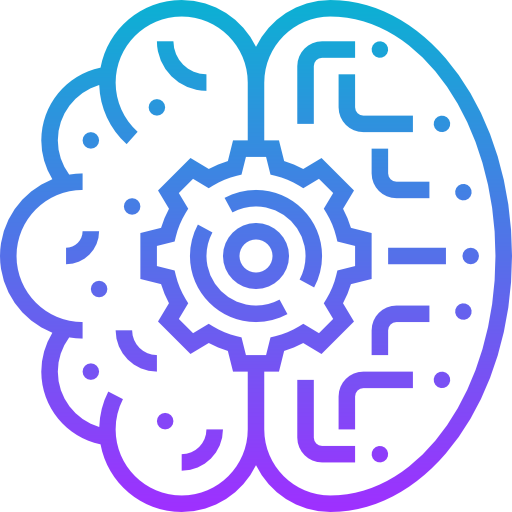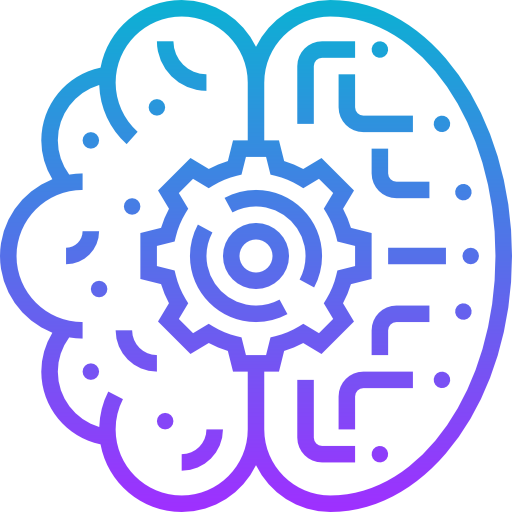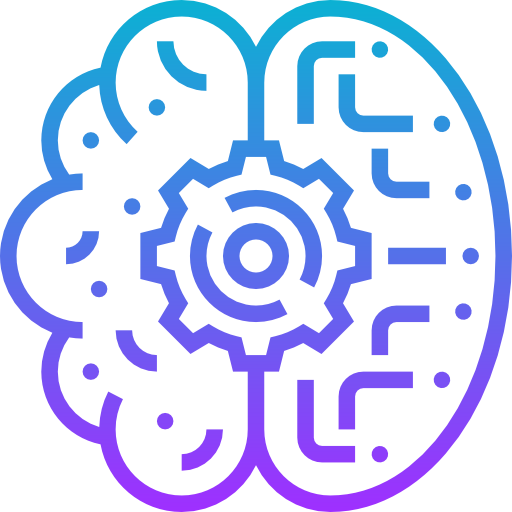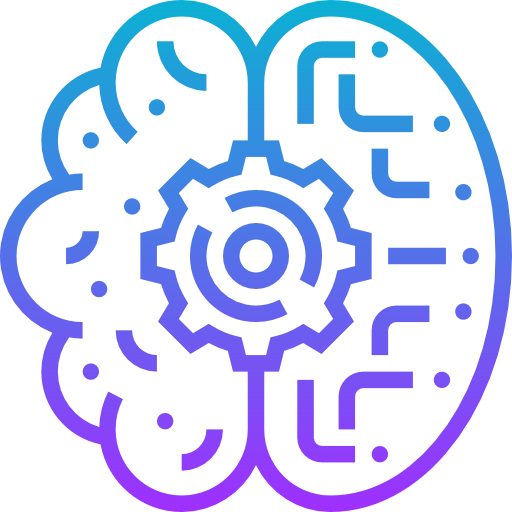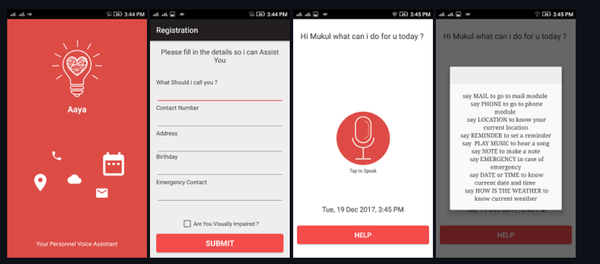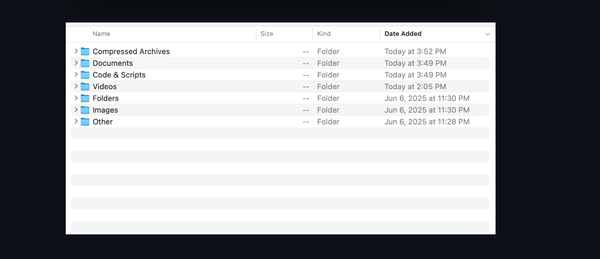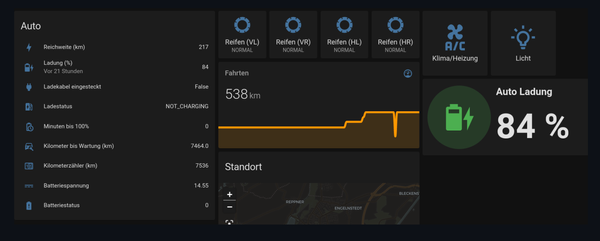17 Free and Open-source Low-code AI Platforms to Build AI Agents and AI and GenAI Apps
Table of Content
What’s the Big Deal with Low-Code for GenAI?
Low-code platforms are revolutionizing how we interact with Generative AI (GenAI).
Imagine being able to create an AI-powered app or agent without writing a single line of code. Sounds wild, right? That’s exactly what low-code does—it simplifies the process by letting you drag, drop, and connect visual elements instead of wrestling with complex scripts. Tools like ComfyUI let you build workflows visually, while platforms like Leonardo.ai help you generate stunning AI art with just a few clicks.
Why Low-Code is the Game-Changer for GenAI (and Why You Should Care)
For GenAI, which thrives on experimentation and iteration, low-code is a match made in heaven. Instead of spending hours debugging code, you can focus on what really matters: fine-tuning your AI models, testing new ideas, and bringing your vision to life faster than ever.
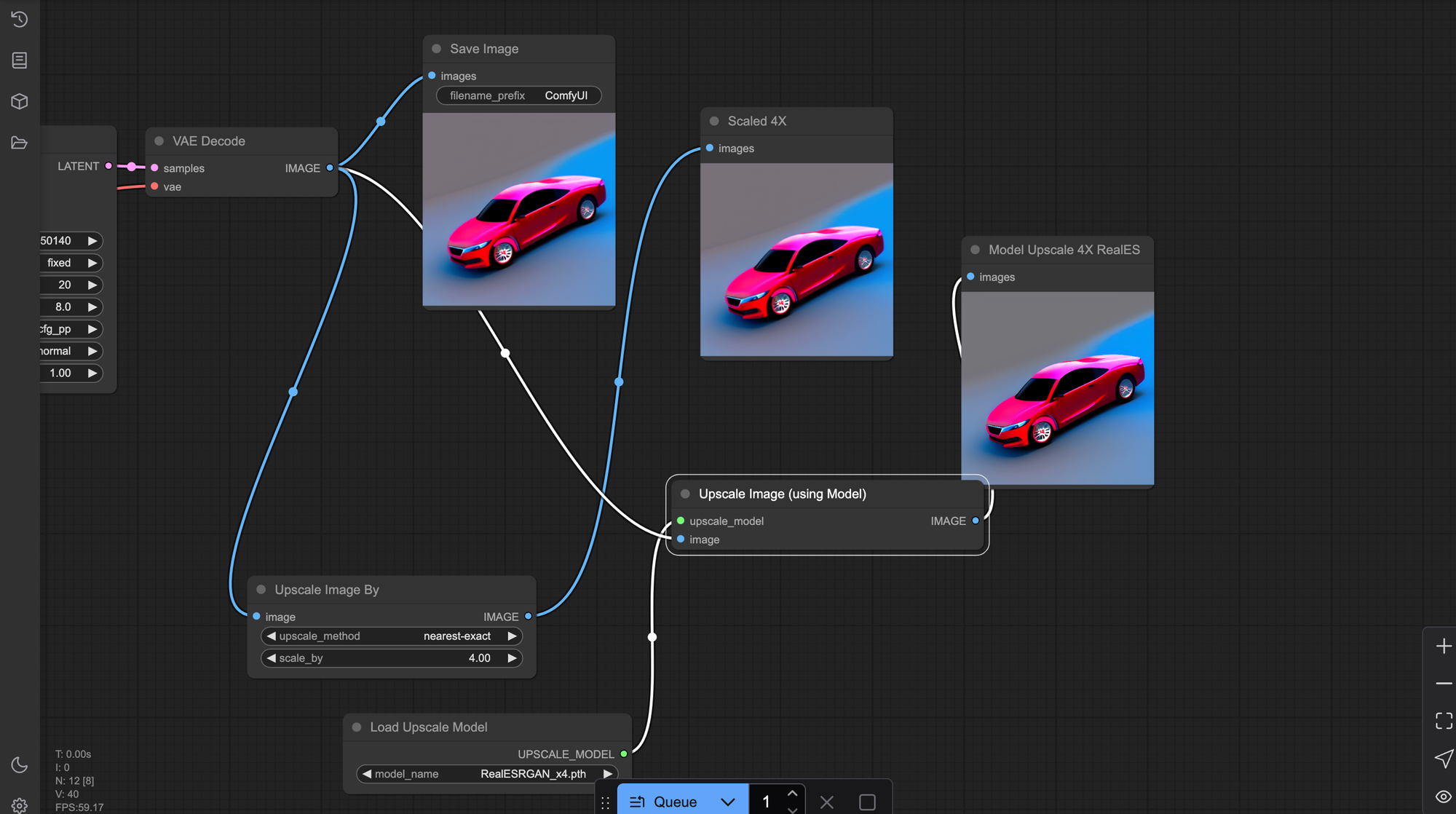
Building AI Agents Made Easy (No PhD Required)
Ever wanted to create your own AI assistant? Maybe one that schedules meetings, writes emails, or even cracks jokes? With traditional coding, that’s a tall order. But with low-code tools, you can piece together an AI agent in no time. For example, Node-RED lets you connect APIs and data flows visually, so you can build chatbots or automation tools without breaking a sweat.
The best part? You don’t need to be a tech wizard. Entrepreneurs, marketers, and hobbyists are already using these tools to create custom AI solutions tailored to their needs. It’s like having superpowers—but way more accessible.
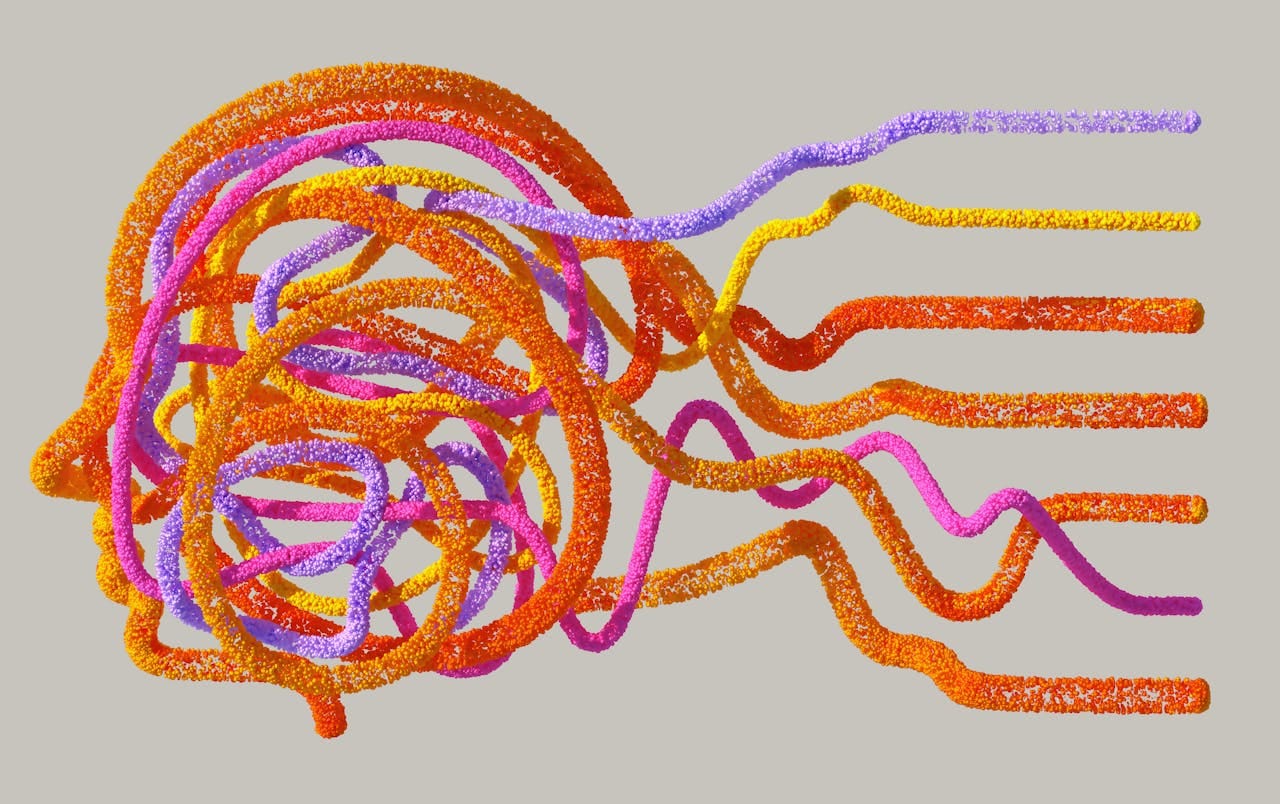
AI Art Without the Headaches
If you’ve ever dabbled in AI art, you know how magical it feels to watch an algorithm turn your ideas into visuals. Platforms like Runway ML and Leonardo.ai make this process ridiculously easy. Want to tweak styles, experiment with color palettes, or blend surreal landscapes? Just adjust sliders, hit buttons, and let the AI do its thing.
Low-code tools take the intimidation factor out of AI art, opening the door for creatives who might not have a background in programming. Whether you’re designing logos, creating social media posts, or just having fun, these platforms put the “art” back in “AI art.”

Benefits of Low-Code for GenAI: Why You’ll Love It
Here’s why low-code is taking over the GenAI world—and why you should hop on board:
- Accessibility for Everyone: No coding skills? No problem. Low-code makes AI accessible to entrepreneurs, designers, educators, and anyone with a big idea.
- Faster Prototyping: Experimentation is key in GenAI. Low-code lets you test ideas quickly, iterate faster, and get results sooner.
- Cost-Effective Solutions: Hiring developers or learning to code yourself can be pricey. Low-code cuts costs by empowering you to DIY.
- Creative Freedom: With low-code, you’re not limited by technical barriers. Dream big and let the tools handle the heavy lifting.
- Democratizes Innovation: Small businesses, indie creators, and underrepresented voices now have the tools to compete with big players.
The following list, is the best open-source self-hosted AI apps that anyone can download, self-hosted and use totally for free.
1- Flowise

This is an open-source self-hosted app that enables you to to build your customized LLM flow.
2- Langflow
Langflow is a powerful tool for building and deploying AI-powered agents and workflows. It provides developers with both a visual authoring experience and a built-in API server that turns every agent into an API endpoint that can be integrated into applications built on any framework or stack.
Langflow comes with batteries included and supports all major LLMs, vector databases and a growing library of AI tools.
Features
- Visual Builder to get started quickly and iterate.
- Access to Code so developers can tweak any component using Python.
- Playground to immediately test and iterate on their flows with step-by-step control.
- Multi-agent orchestration and conversation management and retrieval.
- Deploy as an API or export as JSON for Python apps.
- Observability with LangSmith, LangFuse and other integrations.
- Enterprise-ready security and scalability.
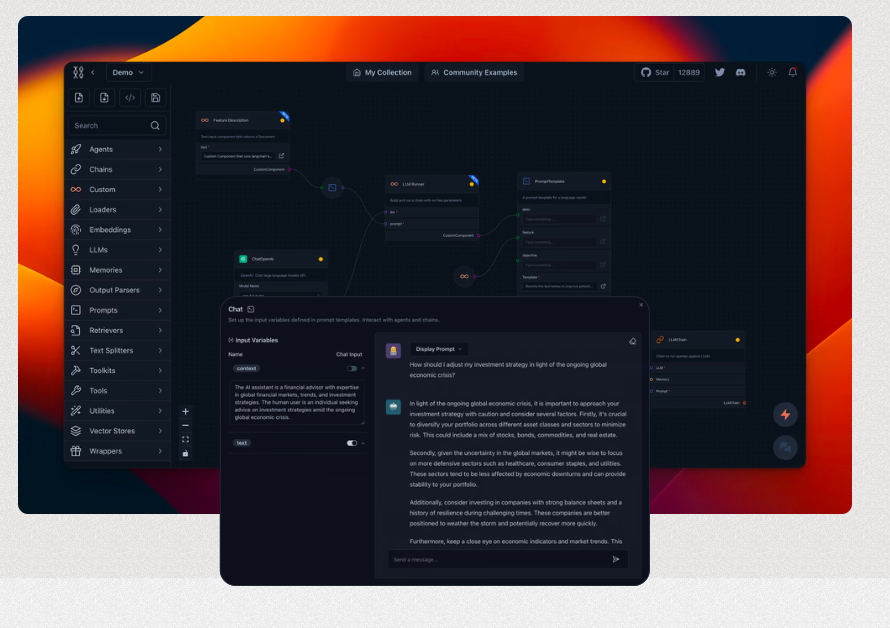
3- ComfyUI
ComfyUI is the ultimate creative playground for AI art generation, offering a sleek, node-based interface to design and control workflows with precision. It’s like building a visual symphony—connect nodes for tasks like model inputs, image processing, and style tweaks to craft stunning visuals effortlessly.
With support for advanced features like custom models, batch processing, and seamless integration with tools like Stable Diffusion and countless models, ComfyUI empowers artists and developers alike to push the boundaries of AI-generated art.
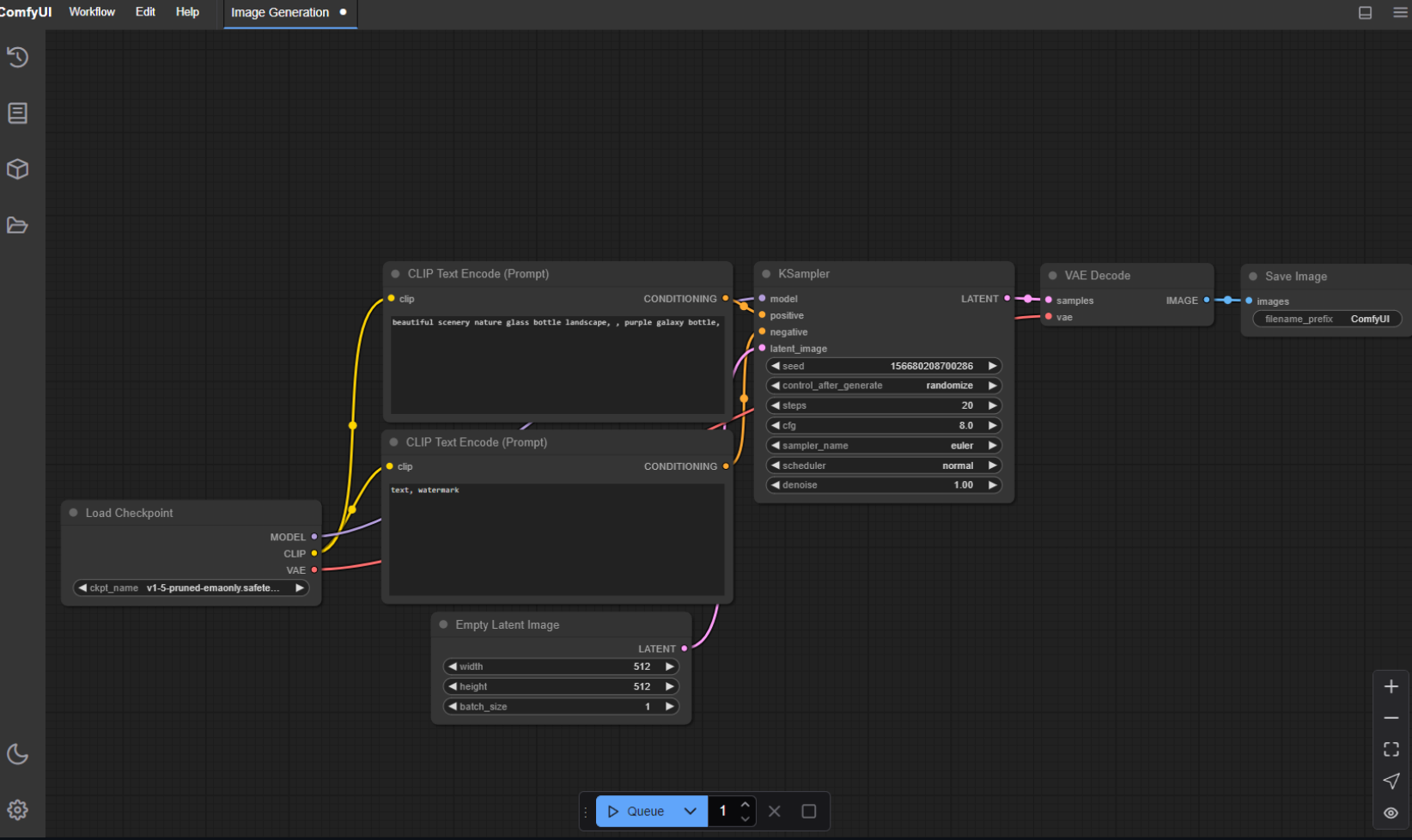

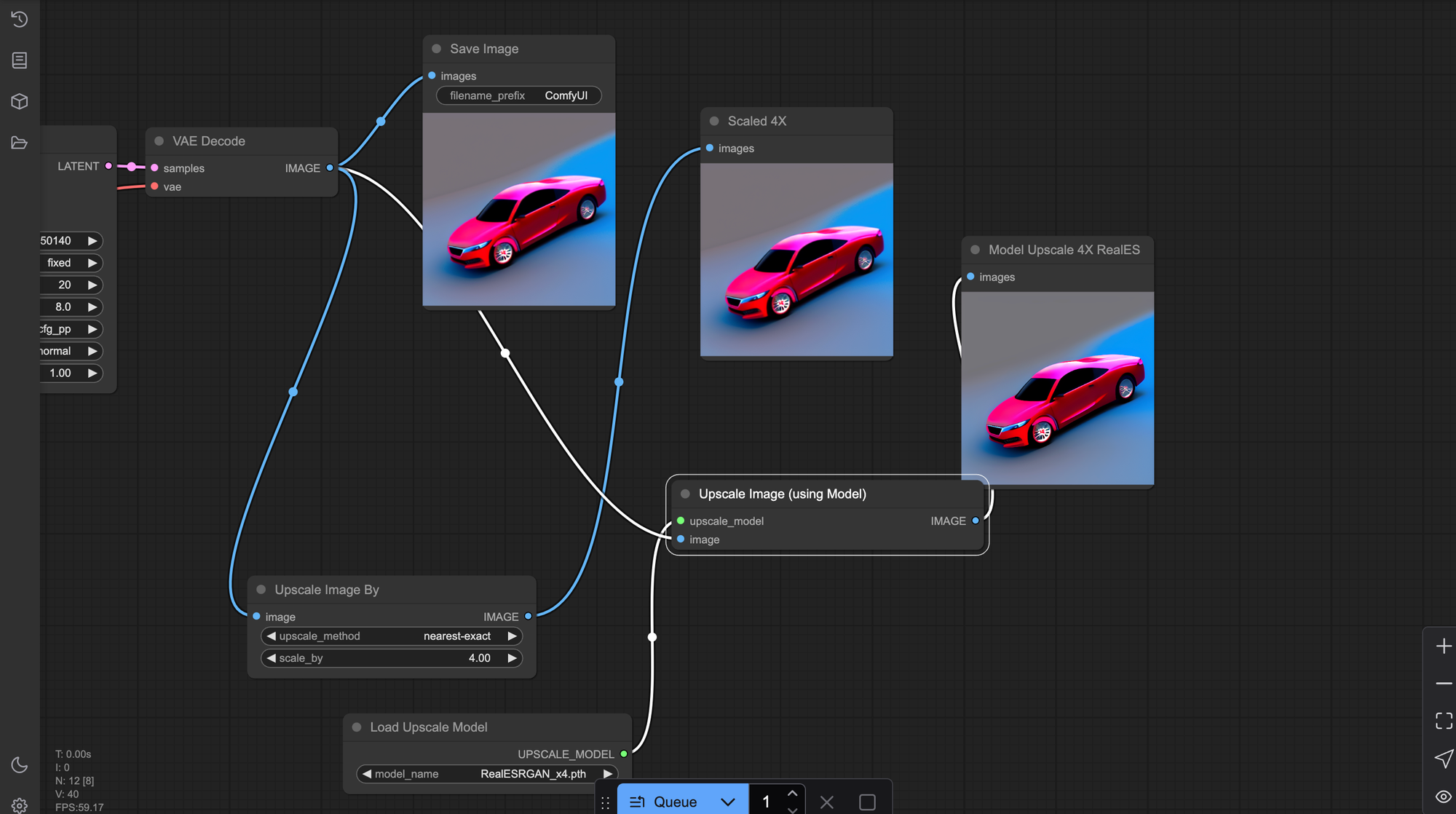
4- Ludwig
Ludwig is a low-code framework for building custom AI models like LLMs and other deep neural networks.
Features
- Declarative YAML Config: Train state-of-the-art LLMs with a simple YAML file; supports multi-task and multi-modality learning.
- Config Validation: Detect invalid parameters early to prevent runtime failures.
- Scalability & Efficiency: Automatic batch sizing, distributed training (DDP, DeepSpeed), PEFT, 4-bit QLoRA, 8-bit optimizers, and large dataset handling.
- Expert Control: Fine-tune models down to activation functions; includes hyperparameter optimization, explainability, and metric visualizations.
- Modular Design: Easily experiment with architectures, tasks, and modalities via config changes.
- Production-Ready: Prebuilt Docker containers, Kubernetes support via Ray, model export to TorchScript/Triton, and one-command HuggingFace uploads.
5- OpenHands
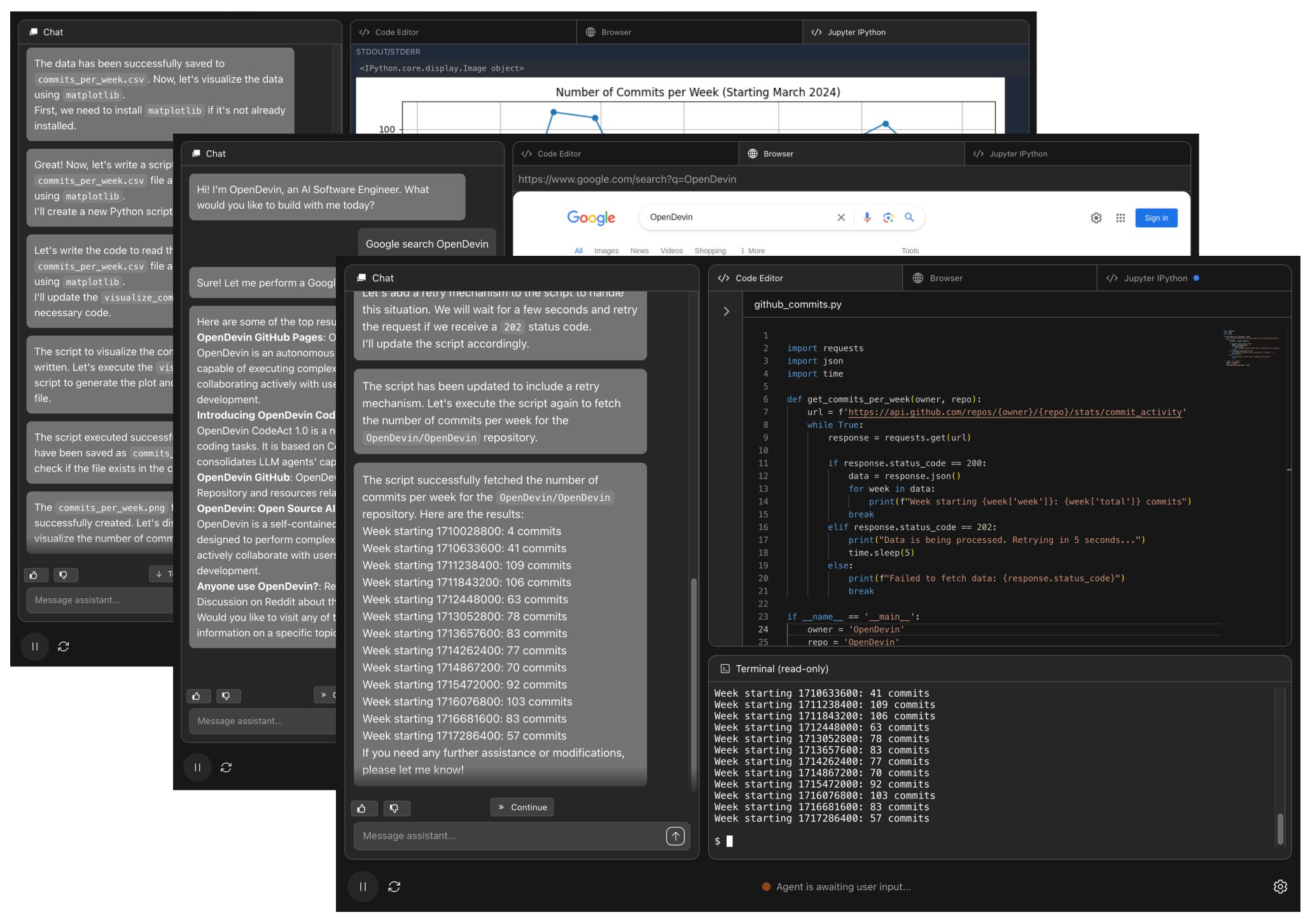
OpenHands agents can do anything a human developer can: modify code, run commands, browse the web, call APIs, and yes—even copy code snippets from StackOverflow.
6- AutoGPT
AutoGPT is your gateway to building, deploying, and managing powerful AI agents that automate workflows with precision. Whether you’re self-hosting or joining the cloud-hosted beta, AutoGPT empowers you to create custom agents, optimize workflows, and delegate tasks to AI effortlessly. With a sleek low-code interface, pre-built agents, and endless customization options, it’s time to let AI do the heavy lifting while you focus on what truly matters.
Example Use Cases
- Viral Video Generator: Scans Reddit for trending topics and creates short-form videos automatically.
- Social Media Wizard: Transcribes YouTube videos, extracts top quotes, and publishes posts to your socials—all hands-free.
Why AutoGPT is Cool
- No-Code/Low-Code Power: Design AI agents with an intuitive drag-and-drop interface or YAML configurations.
- Endless Customization: Build workflows by connecting blocks, each performing a specific action—perfect for any use case.
- Pre-Built Agents: Jumpstart your projects with ready-to-use agents from the marketplace.
- AI That Works for You: Automate everything from content creation to social media management, saving you time and effort.
Features
- Agent Builder: Create and customize AI agents with a user-friendly, low-code interface.
- Workflow Management: Build, tweak, and optimize automation workflows by connecting modular blocks.
- Deployment Controls: Manage agent lifecycles—from testing to production—with ease.
- Ready-to-Use Agents: Access a library of pre-configured agents for instant deployment.
- Agent Interaction: Run, monitor, and interact with agents via a clean, intuitive UI.
- Monitoring & Analytics: Track performance metrics and refine your workflows over time.
- AutoGPT Server: The engine where agents run continuously, triggered by external events.
- Robust Infrastructure: Scalable systems ensure reliable, high-performance operations.
- Marketplace Integration: Discover and deploy pre-built agents tailored to various needs.
7- iauto
iauto is a low-code engine for building and deploying AI agents. It combines cutting-edge AI, YAML-based agent definitions, and automation tools like Appium and Playwright. With a Python API for extensibility, it supports local LLMs via llama.cpp and enables efficient multi-agent systems using autogen.
Features
- AI-Powered: Advanced AI capabilities.
- Low-Code YAML: Define agents easily with YAML.
- Automation Tools: Built-in support for Appium, Playwright.
- Extensible API: Flexible Python API for customization.
- Local LLMs: Run open-source models locally via llama.cpp.
- Multi-Agent Support: Efficiently create multi-agent systems with autogen.
8- LinguFlow
LinguFlow is a low-code tool designed to streamline the development, debugging, and deployment of LLM applications. It uses a DAG (Directed Acyclic Graph)-based message flow to structure business logic, enabling developers to build complex solutions with minimal familiarity with LinguFlow blocks.
Why?, Traditional LLM wrappers often fall short in real-world scenarios, struggling with accuracy, topic restriction, and handling intricate processes.
LinguFlow overcomes these limitations by supporting multiple LLM interactions per task, ensuring precision and adaptability. It’s ideal for users with clear business problem-solving strategies, offering a structured approach to integrating LLMs into complex workflows while enhancing accuracy and scalability.
Features
- DAG-Based Workflow: Structures business logic for clarity and scalability.
- Multi-LLM Interactions: Handles intent, rephrasing, answering, and critique in a single query.
- Accuracy & Logic Focus: Tailored for complex scenarios requiring high precision.
- Business-Centric Design: Restricts conversations to relevant topics and supports intricate processes.
- Low-Code Simplicity: Minimizes technical expertise for effective application building.
9- LLaMA Factory
LLaMA Factory is a low-code framework for fine-tuning over 100 large language models (LLMs) and vision-language models (VLMs) with ease. It offers a zero-code CLI and Web UI, enabling users to fine-tune models for tasks like multi-turn dialogue, image understanding, and reward modeling.
With support for advanced algorithms, scalable resources, and experiment monitoring, it simplifies complex workflows for both beginners and experts.
Features
- Wide Model Support: LLaMA, Qwen, Mistral, Mixtral-MoE, and more.
- Training Methods: Supervised fine-tuning, PPO, DPO, KTO, ORPO, etc.
- Resource Optimization: LoRA, QLoRA, 2/4/8-bit quantization, Freeze-tuning.
- Advanced Algorithms: GaLore, BAdam, LongLoRA, DoRA, PiSSA.
- Experiment Monitoring: TensorBoard, WandB, MLflow, SwanLab.
- Faster Inference: OpenAI-style API, Gradio UI, vLLM worker.
- Practical Tricks: FlashAttention-2, RoPE scaling, NEFTune, Unsloth.
10- Praison AI
PraisonAI is a production-ready framework for building multi-agent systems with self-reflection. It simplifies creating AI agents to tackle tasks from simple to complex, integrating tools like AutoGen and CrewAI for low-code automation and seamless human-agent collaboration.
Features
- 🤖 Automated AI Agents Creation
- 🔄 Self Reflection AI Agents
- 🧠 Reasoning AI Agents
- 👁️ Multi Modal AI Agents
- 🤝 Multi Agent Collaboration
- 🎭 AI Agent Workflow
- 📚 Add Custom Knowledge
- 🧠 Agents with Short and Long Term Memory
- 📄 Chat with PDF Agents
- 💻 Code Interpreter Agents
- 📚 RAG Agents
- 🤔 Async & Parallel Processing
- 🔄 Auto Agents
- 🔢 Math Agents
- 🎯 Structured Output Agents
- 🔗 LangChain Integrated Agents
- 📞 Callback Agents
- 🤏 Mini AI Agents
- 🛠️ 100+ Custom Tools
- 📄 YAML Configuration
- 💯 100+ LLM Support
11- Goose
Goose is a local, open-source AI agent that automates engineering tasks, from coding and debugging to workflow orchestration. Extensible, LLM-agnostic, and API-compatible, it empowers developers to innovate faster by handling complex workflows autonomously.
It is ideal for prototyping, refining code, or managing pipelines with precision.
12- AutoAgent
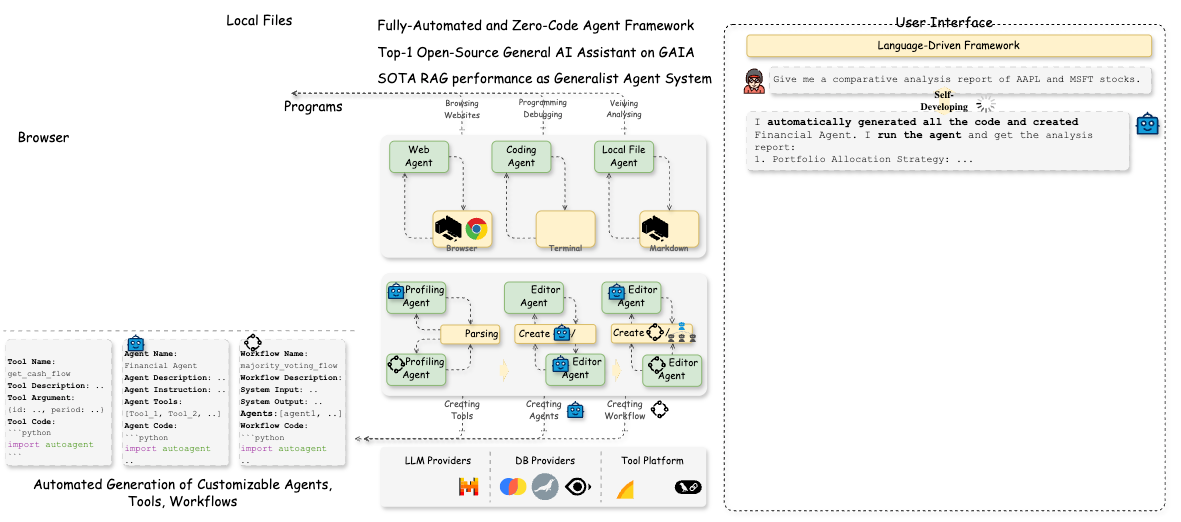
AutoAgent is a fully-automated, zero-code framework for creating and deploying LLM agents using natural language. It excels in performance, ranking #1 among open-source methods on the GAIA benchmark, rivaling solutions like OpenAI's Deep Research. With native self-managing vector databases, universal LLM support, and dynamic customization, it empowers users to build agents, workflows, and tools effortlessly through conversational input.
Features
- Top GAIA Performance: #1 open-source method, comparable to Deep Research.
- Agentic-RAG: Native self-managing vector database for superior data handling.
- Natural Language Creation: Build agents, tools, and workflows without coding.
- Universal LLM Support: Works with OpenAI, Anthropic, Deepseek, Grok, Huggingface, etc.
- Flexible Interaction: Supports function-calling and ReAct modes.
- Cost-Effective & Lightweight: Open-source alternative to premium AI assistants.
13- MetaGPT: The Multi-Agent Framework
MetaGPT is a groundbreaking multi-agent framework that simulates a software company, assigning roles like product managers and engineers to LLMs. It transforms simple requirements into complex outputs—user stories, APIs, documents—using natural language programming. Built for collaboration, it’s powered by advanced SOPs and supports diverse agents for tasks like data analysis, research, and debate.
Features
- Role-Based Collaboration: Assign specialized roles (e.g., PM, architect) to LLMs for seamless teamwork.
- Natural Language Programming: Generate code, APIs, and workflows from plain text prompts.
- End-to-End Workflow: From requirement to deployment, automate the entire software development lifecycle.
- Flexible LLM Support: Compatible with OpenAI, Azure, Ollama, Groq, and more.
- Data Interpreter & Agents: Perform analysis, create plots, and build custom AI agents effortlessly.
14- LazyLLM
LazyLLM is a low-code tool for building multi-agent LLM applications, enabling developers to create and optimize complex AI systems efficiently. It follows a workflow of prototype building, data feedback, and iterative optimization, ensuring continuous performance improvement.
Features
- Easy Assembly: Build multi-agent apps using pre-built modules like Legos.
- One-Click Deployment: Simplifies POC and production deployment with lightweight gateways and Kubernetes support.
- Cross-Platform Compatibility: Migrate apps across IaaS platforms effortlessly.
- Grid Search Optimization: Automates hyperparameter tuning for models and strategies.
- Efficient Fine-Tuning: Auto-selects frameworks and strategies for model iteration.
15- AgentStack
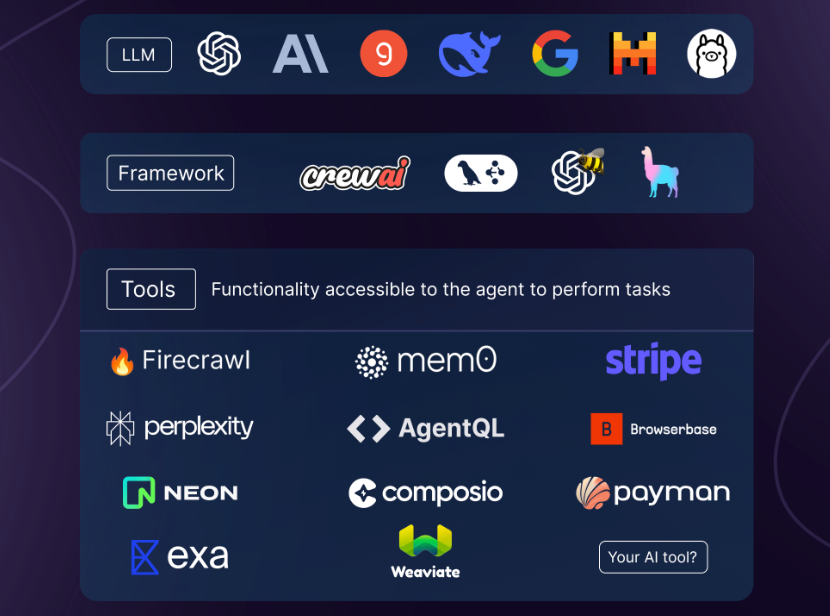
AgentStack is a powerful CLI tool designed to help developers quickly scaffold and build AI agent projects with ease. Compatible with macOS, Windows, and Linux, it supports popular LLMs via LiteLLM or LangChain and integrates frameworks like CrewAI, LangGraph, and OpenAI Swarms.
With built-in observability through AgentOps and a vast repository of framework-agnostic tools, AgentStack streamlines the development process. While not a low-code solution, it’s perfect for developers who want to accelerate agent creation with robust CLI utilities and seamless integrations.
16- LLMStack
LLMStack , a no-code platform designed to supercharge your ability to build AI-powered solutions tailored to your unique needs. Whether you’re integrating internal data, chaining multiple large language models (LLMs), or connecting AI workflows to business tools like Slack or Discord, LLMStack makes it all possible with simplicity and precision.
Features
- 🤖 AI Agents: Build generative AI agents like AI SDRs, Research Analysts, RPA Automations etc., without writing any code. Connect agents to your internal or external tools, search the web or browse the internet with agents.
- 🔗 Chain multiple models: LLMStack allows you to chain multiple LLMs together to build complex generative AI applications.
- 📊 Use generative AI on your Data: Import your data into your accounts and use it in AI chains. LLMStack allows importing various types (CSV, TXT, PDF, DOCX, PPTX etc.,) of data from a variety of sources (gdrive, notion, websites, direct uploads etc.,). Platform will take care of preprocessing and vectorization of your data and store it in the vector database that is provided out of the box.
- 🛠️ No-code builder: LLMStack comes with a no-code builder that allows you to build AI chains without any coding experience. You can chain multiple LLMs together and connect them to your data and business processes.
- ☁️ Deploy to the cloud or on-premise: LLMStack can be deployed to the cloud or on-premise. You can deploy it to your own infrastructure or use our cloud offering at Promptly.
- 🚀 API access: Apps or chatbots built with LLMStack can be accessed via HTTP API. You can also trigger your AI chains from Slack or Discord.
- 🏢 Multi-tenant: LLMStack is multi-tenant. You can create multiple organizations and add users to them. Users can only access the data and AI chains that belong to their organization.
17- Reheoceros
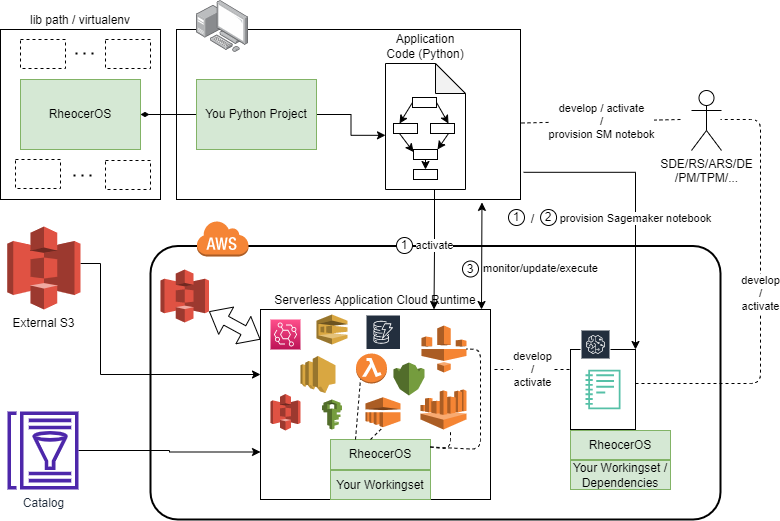
RheocerOS is an open-source cloud-based framework designed by one of Amazon's top AI teams. It redefines how scientists, engineers, and product managers collaborate on big-data and machine learning projects, making innovation faster, smoother, and more intuitive than ever before.
RheocerOS isn’t just another tool—it’s a paradigm shift. By combining unparalleled cloud abstraction, automation, and a functional programming approach, it empowers AI/big-data teams to achieve breakthrough results with unprecedented speed and ease. For scientists, it eliminates distractions and amplifies creativity, allowing them to push boundaries without compromise.
So whether you’re a lone researcher testing hypotheses or part of a large organization scaling AI initiatives, RheocerOS equips you with the tools to turn bold ideas into reality—quickly, reliably, and beautifully.
Features
- Dynamic Entity Binding in Python: Create and connect cloud entities like datasets, timers, and ML models dynamically using high-level Python code.
- Event-Driven Workflow Design: Build workflows that respond intelligently to real-time signals, such as new dataset arrivals or metric thresholds being breached.
- Unit Testing Without Limits: Even if you don’t have an AWS account yet, you can still dive into RheocerOS by running unit tests locally. Get a taste of its power and flexibility right from your favorite Python IDE.
- Data Mesh Made Easy: Share data securely across teams and systems without breaking a sweat. RheocerOS implicitly enforces AWS best practices, ensuring compliance and efficiency out of the box.
- Sandboxing & Cloning Simplified: Experiment freely without risking your main environment. Clone entire workflows with a single command and iterate fearlessly.
- Multi-Endpoint Control: Run parallel branches of your workflow programmatically from different endpoints—notebooks, desktops, or even remote servers. Perfect for distributed teams and complex use cases.
Why Low-Code + GenAI = The Future
The fusion of low-code and GenAI is leveling the playing field. Now, anyone can build AI apps, design AI agents, or create mind-blowing art without needing a computer science degree. It’s about empowerment, creativity, and breaking down barriers.
So whether you’re a teacher building an AI tutor, a marketer automating campaigns, or an artist exploring new mediums, low-code is your ticket to the future. Ready to join the revolution? Grab tools like ComfyUI, Runway ML, or Node-RED, and start building something amazing today.

